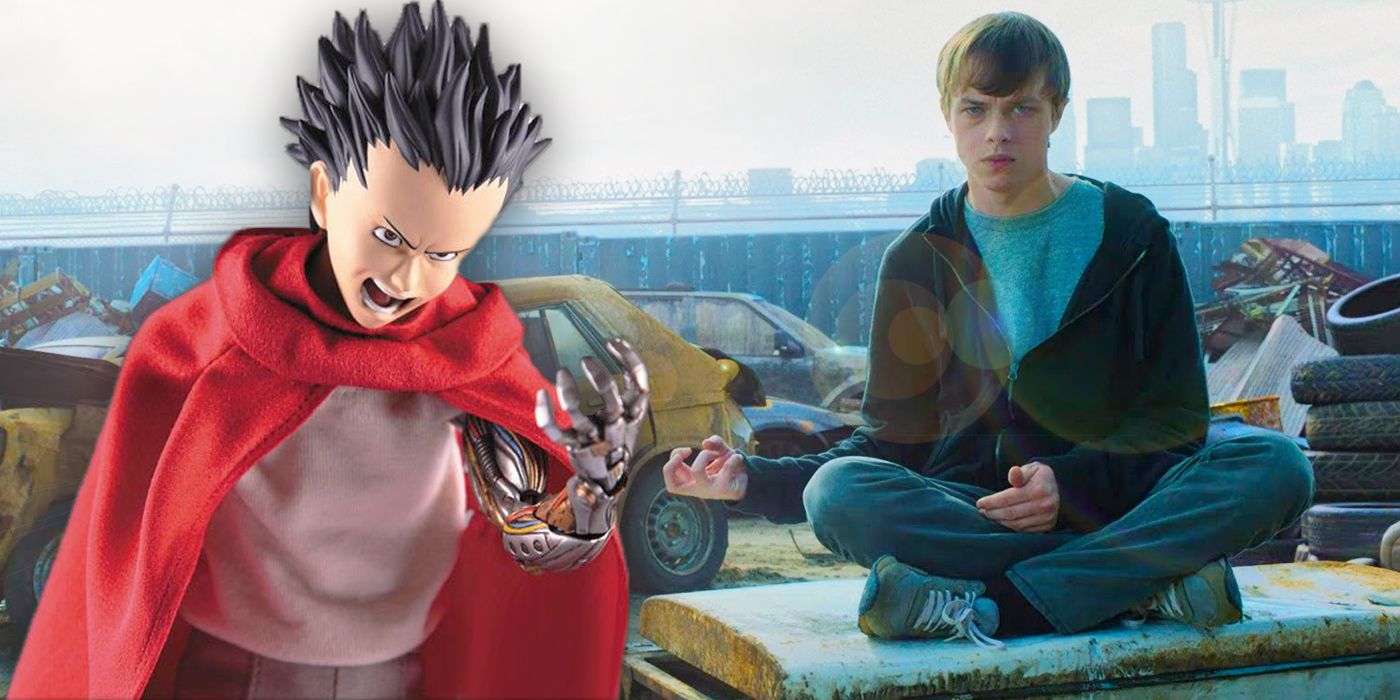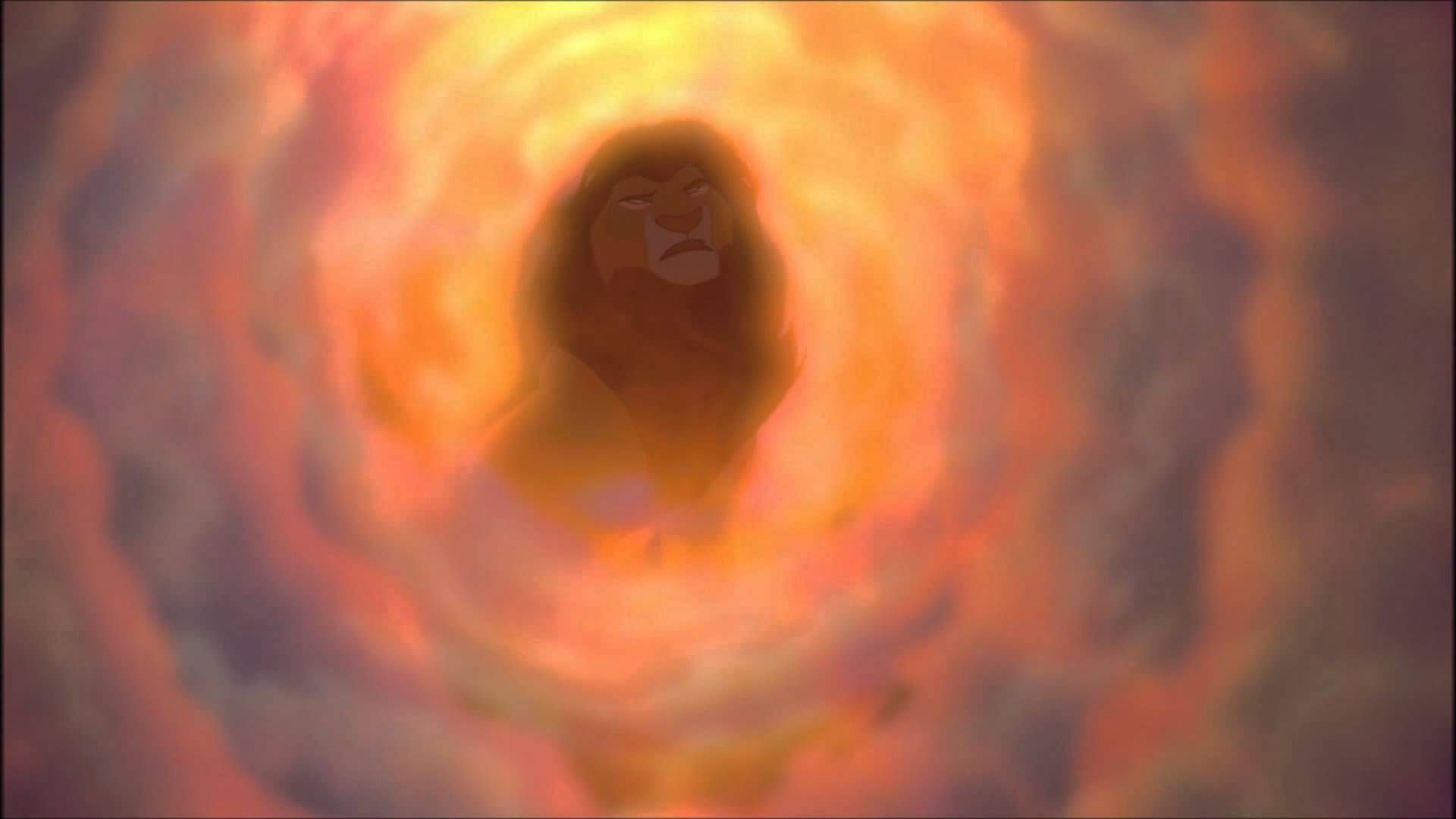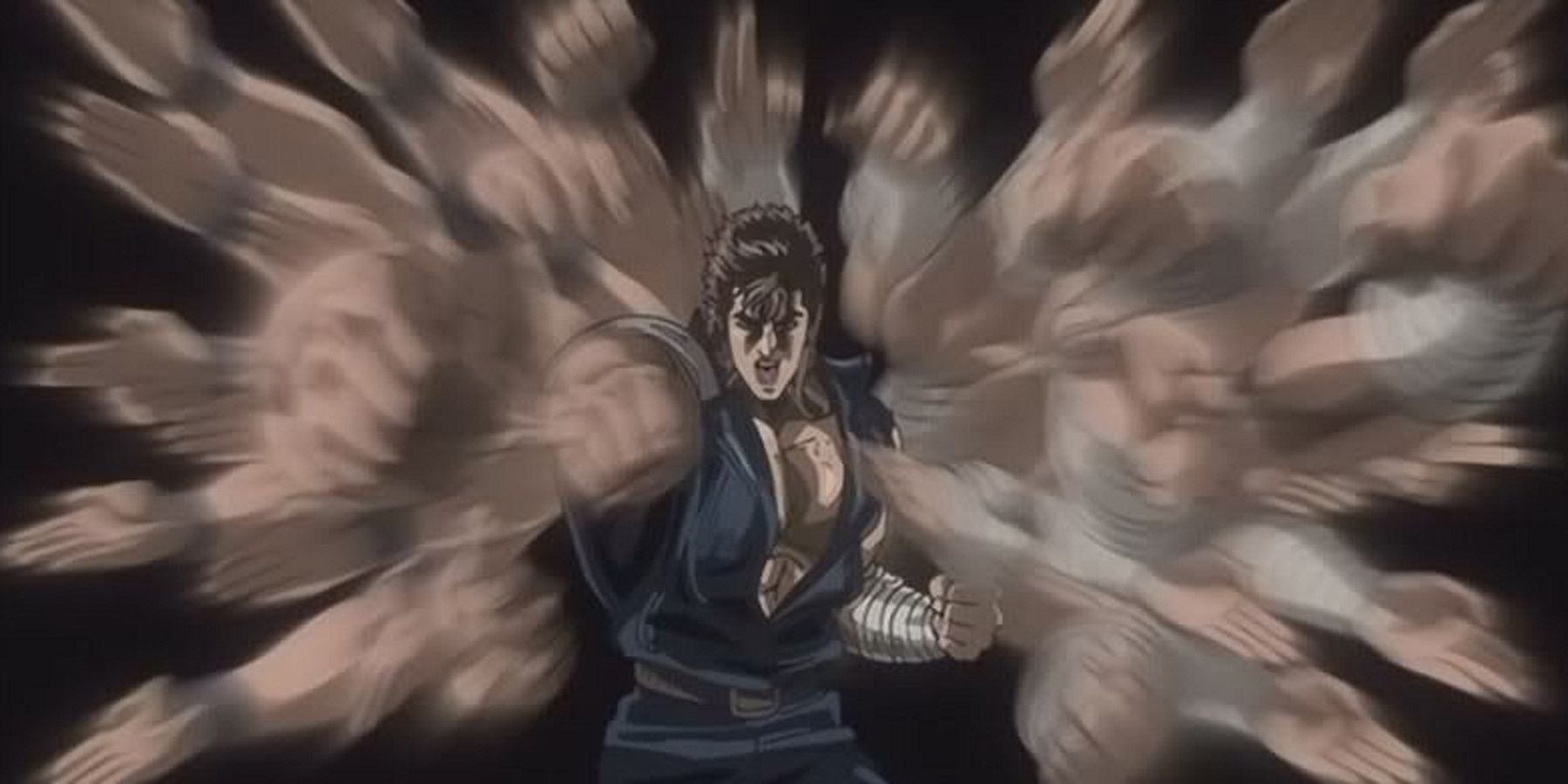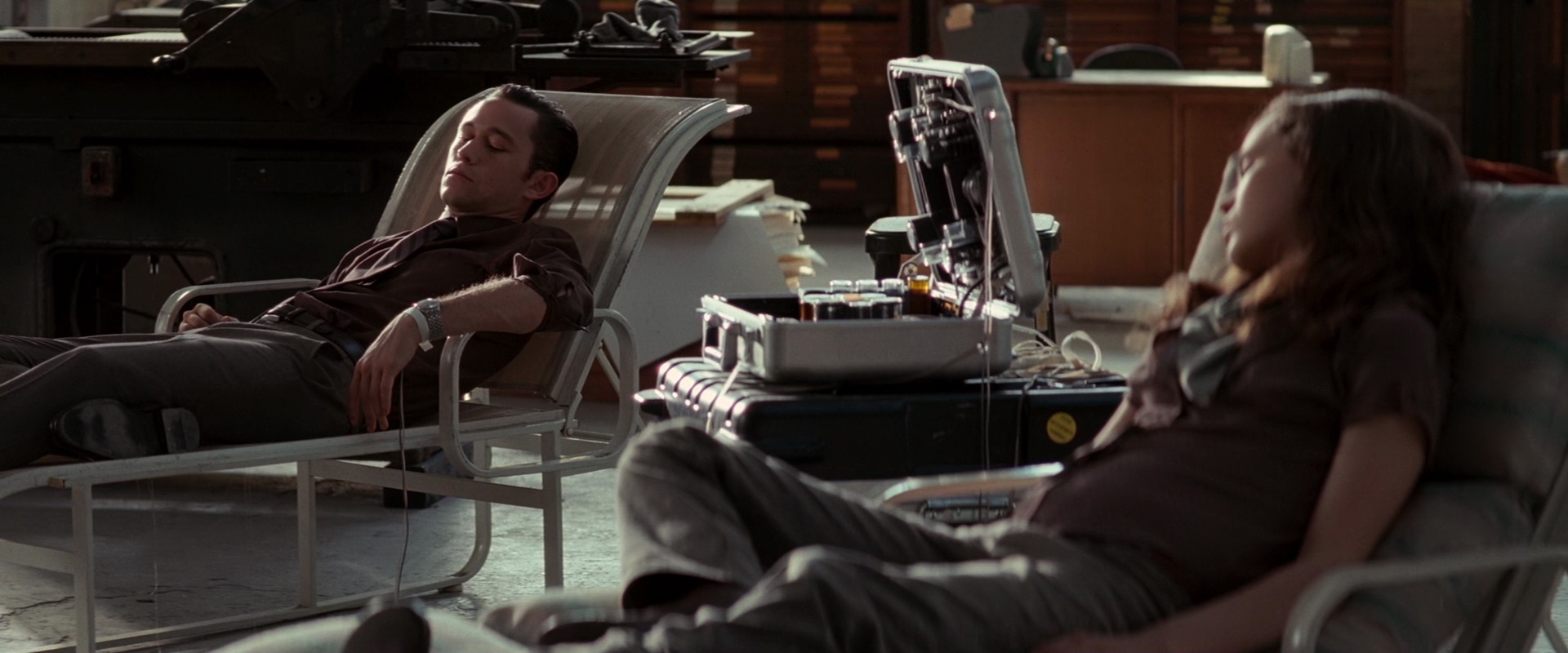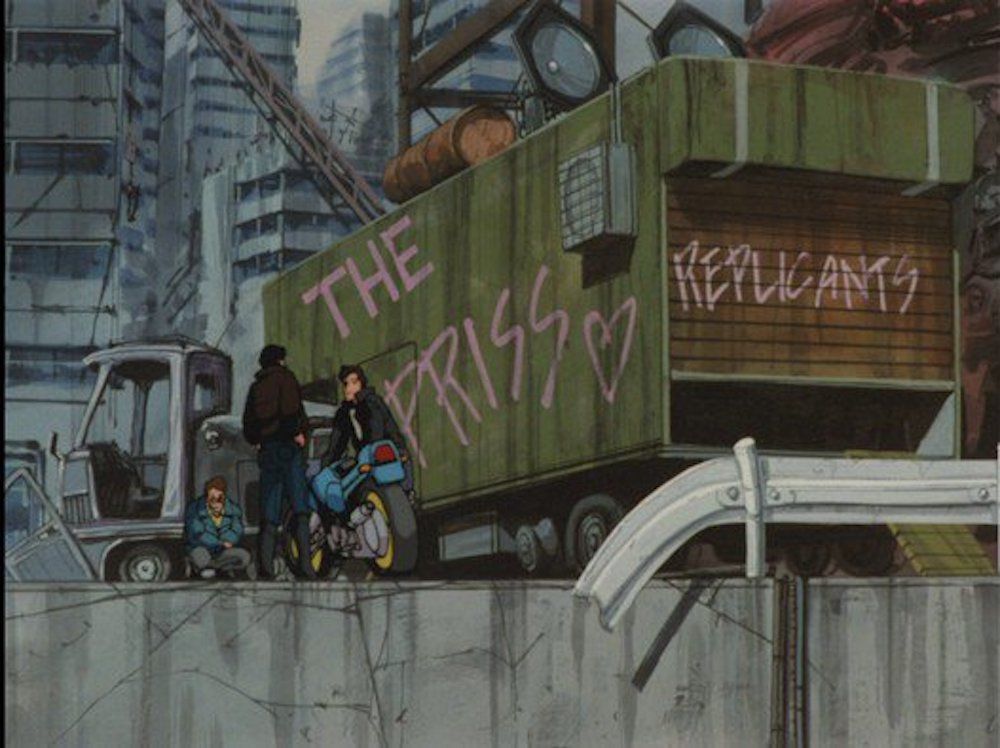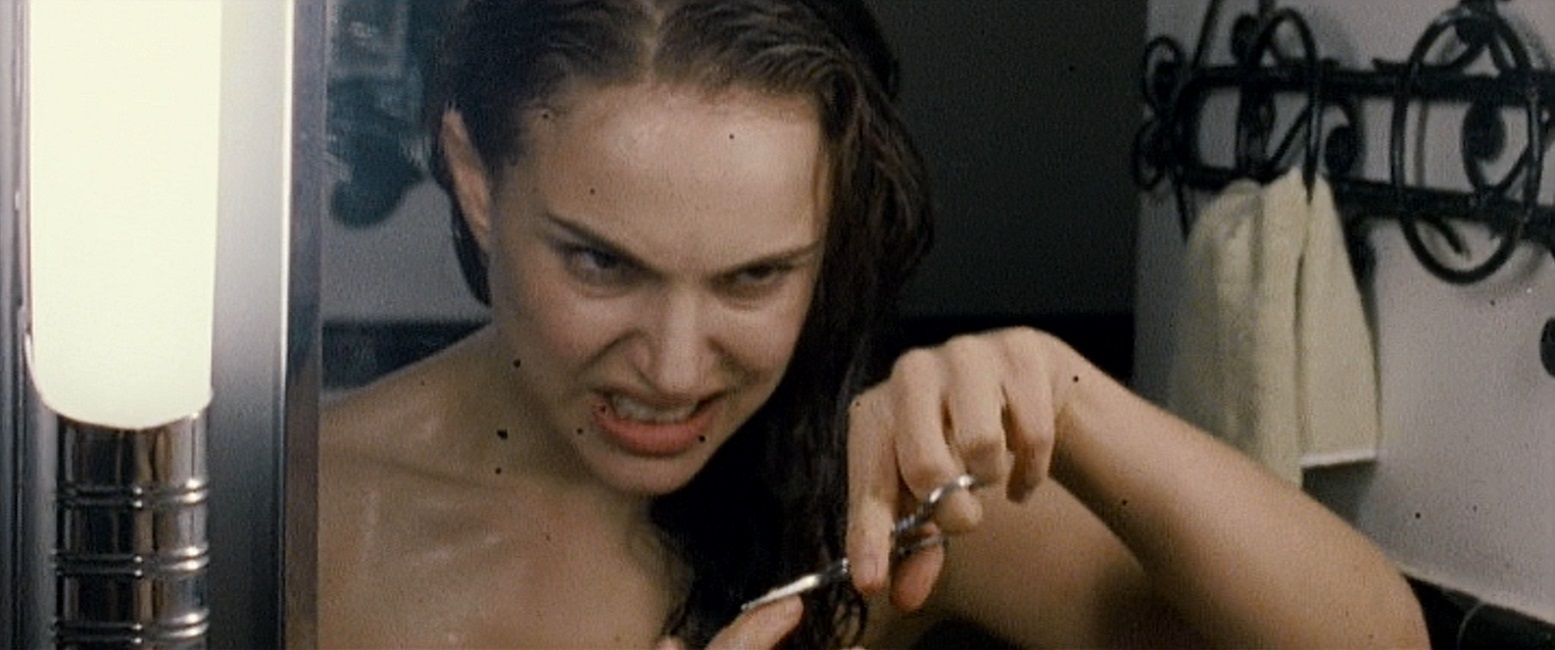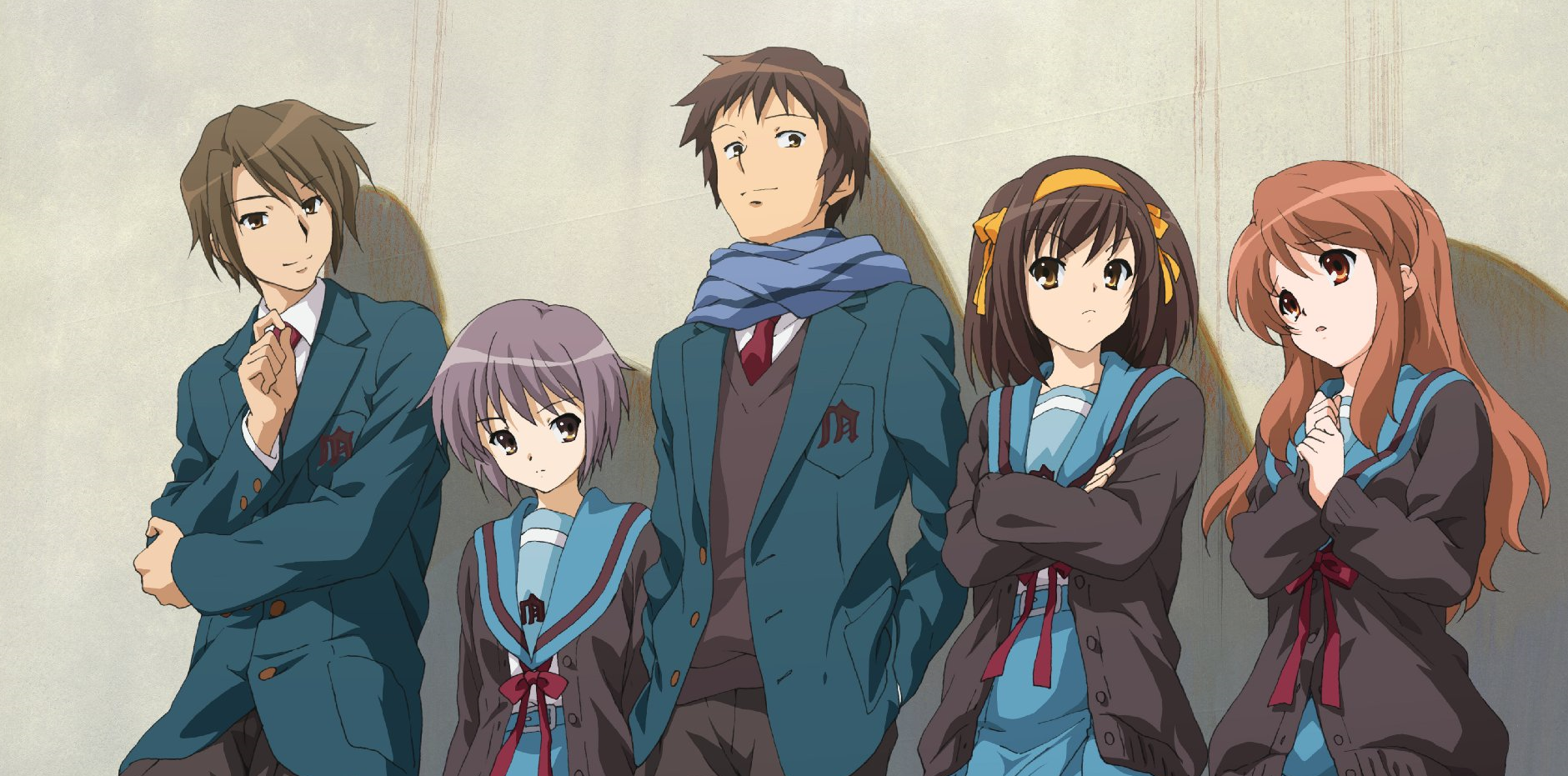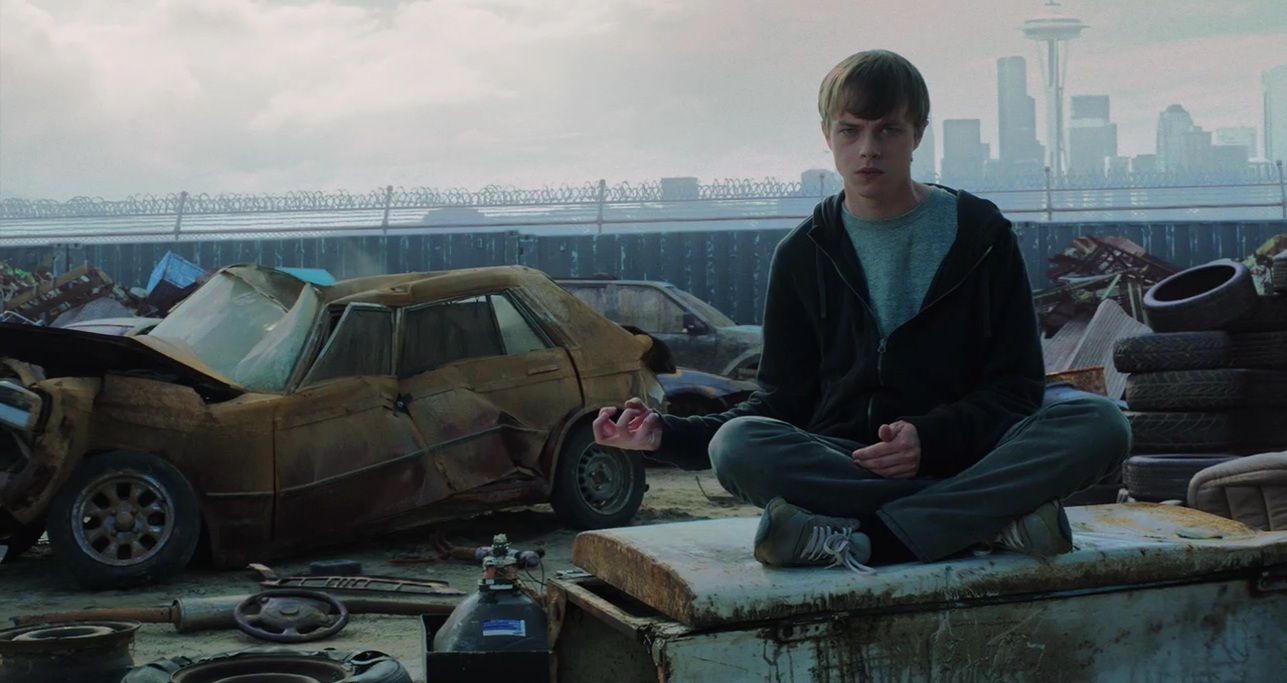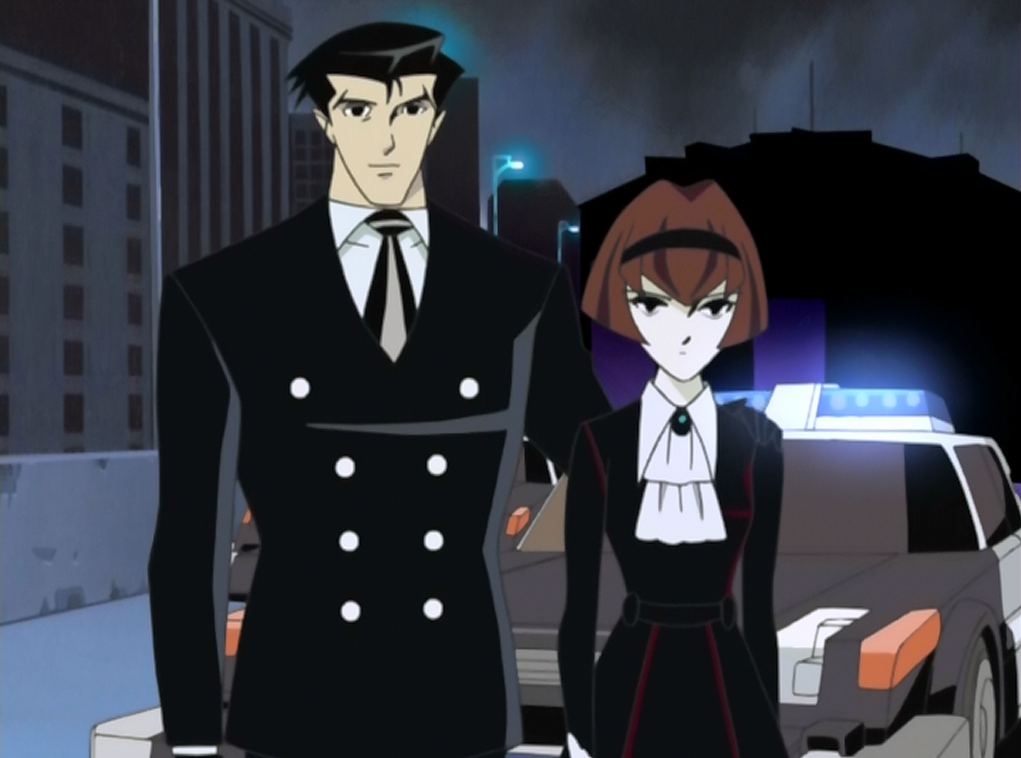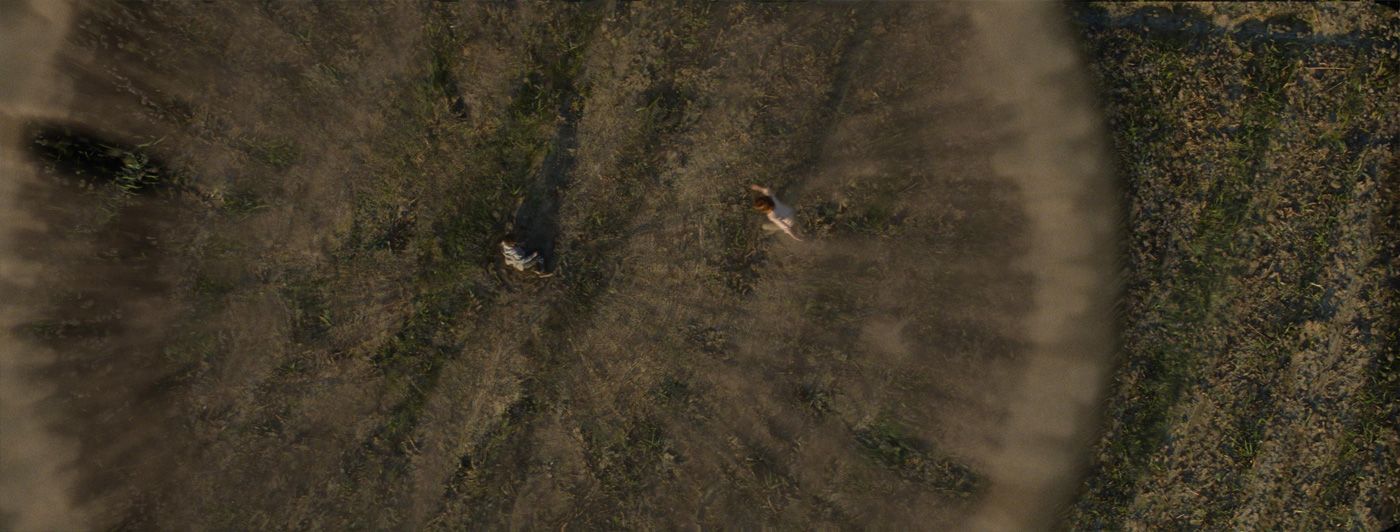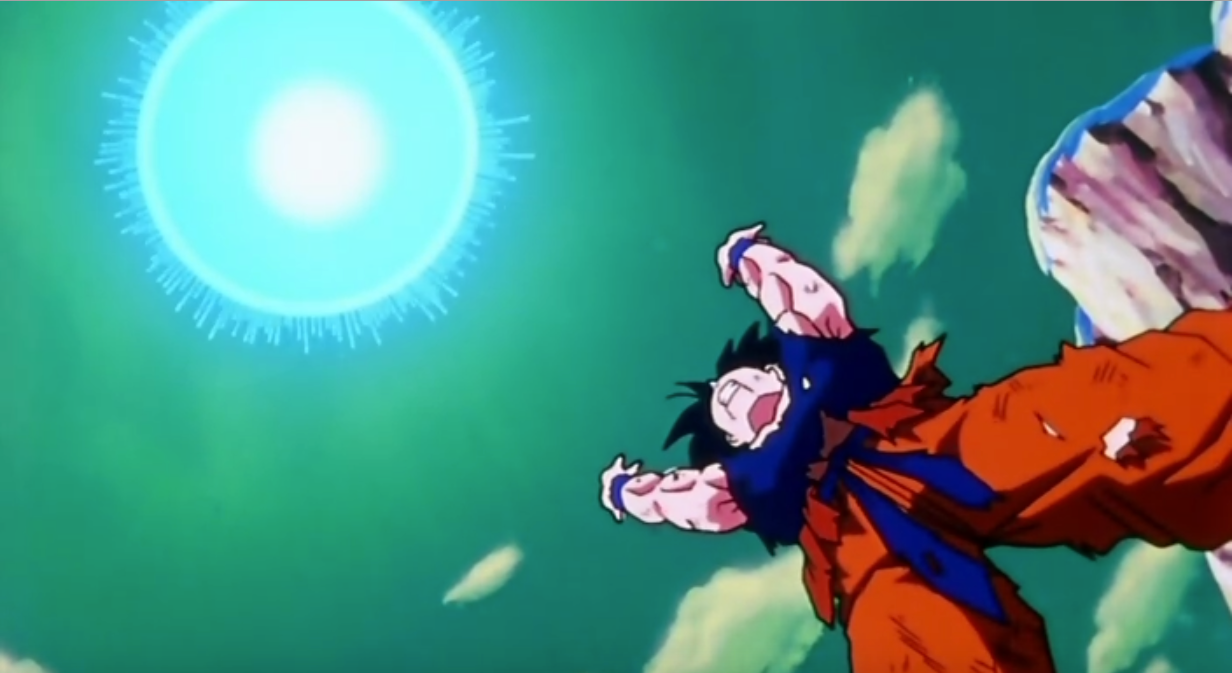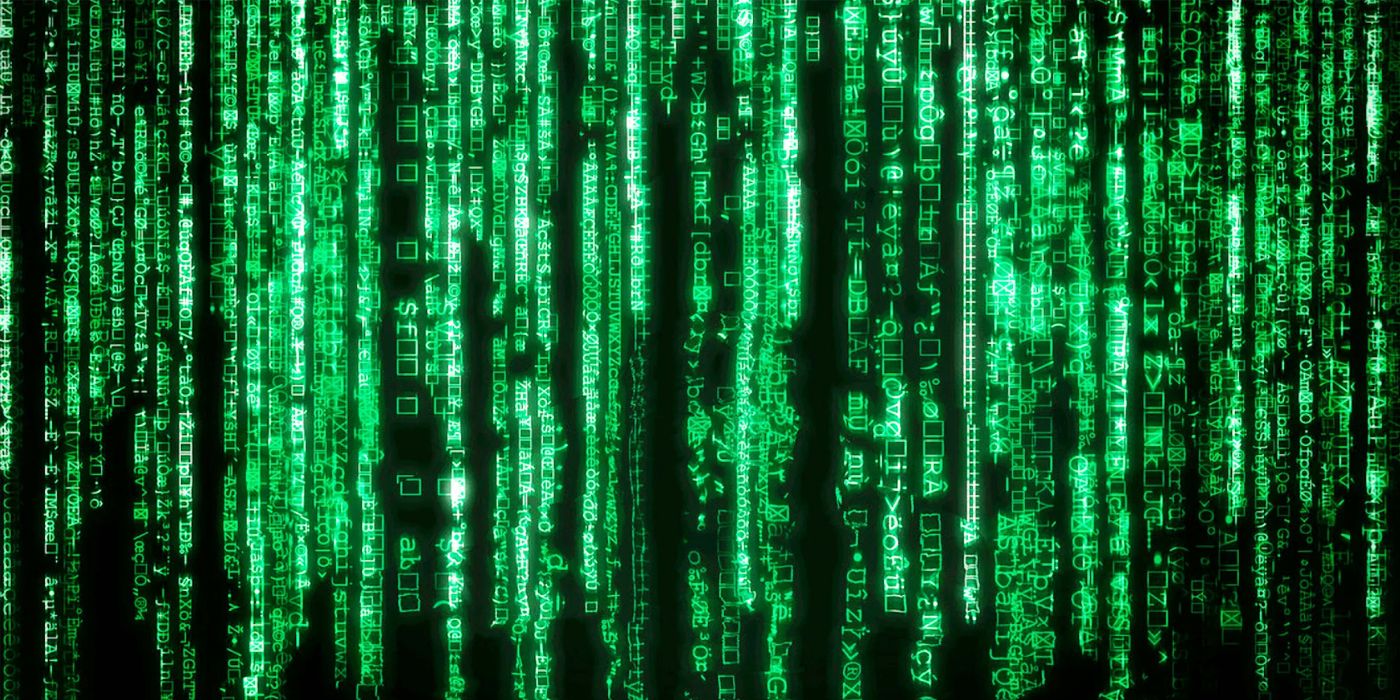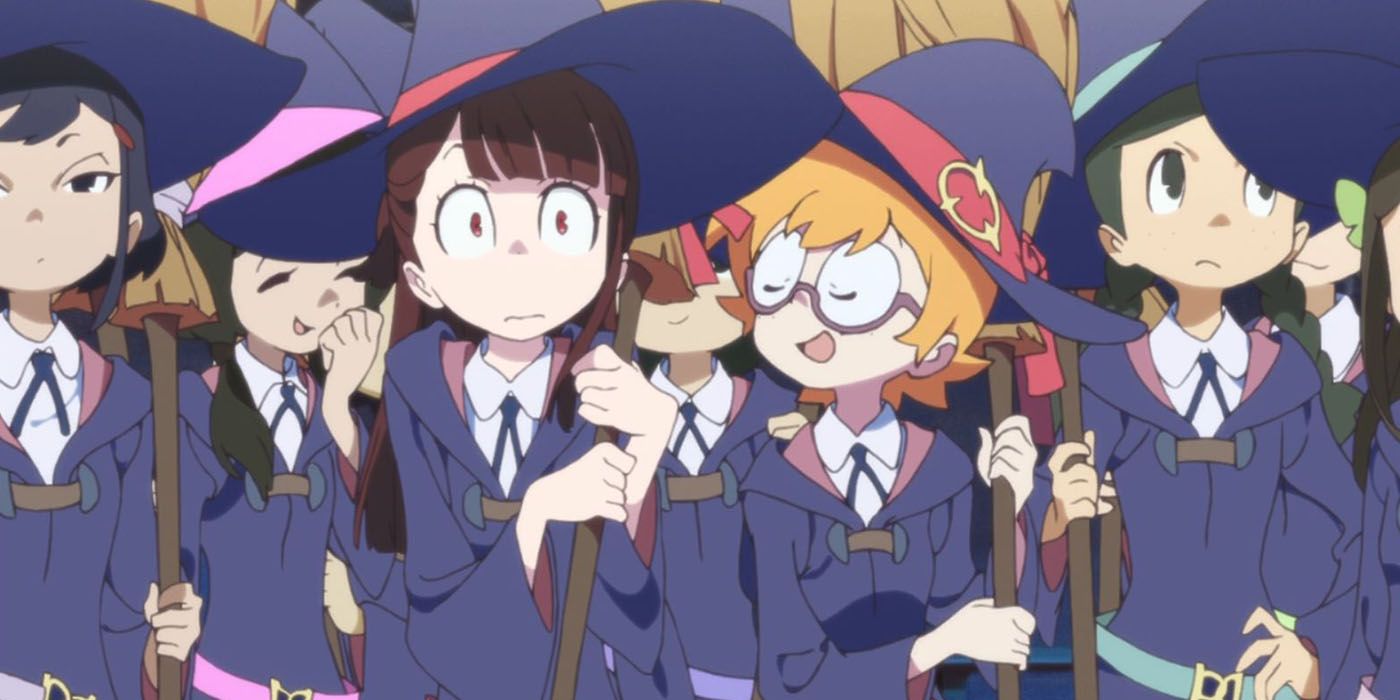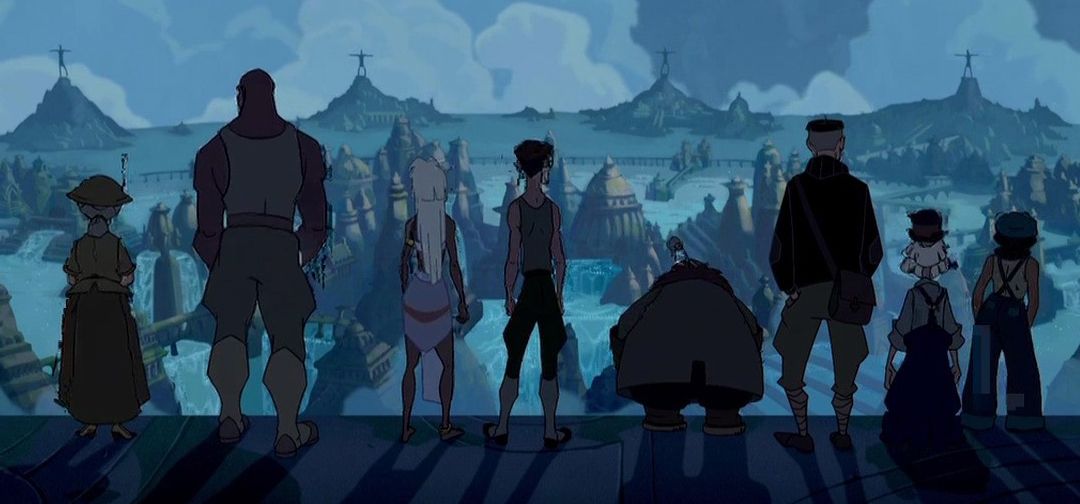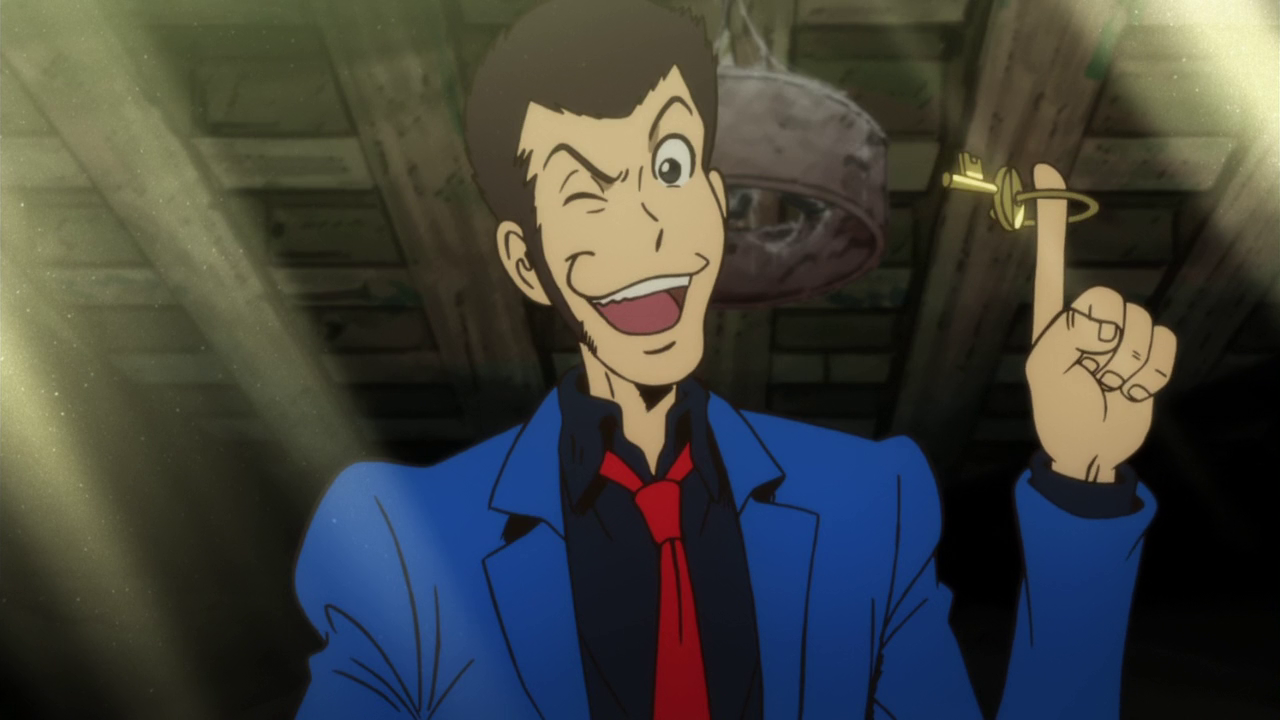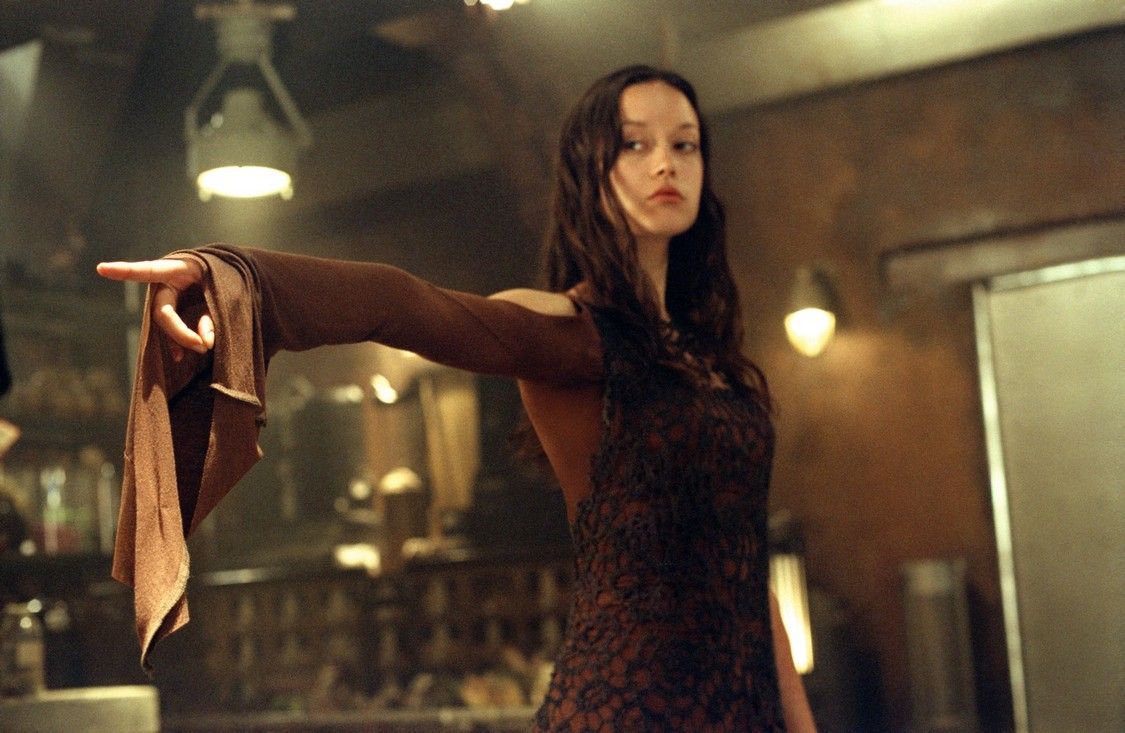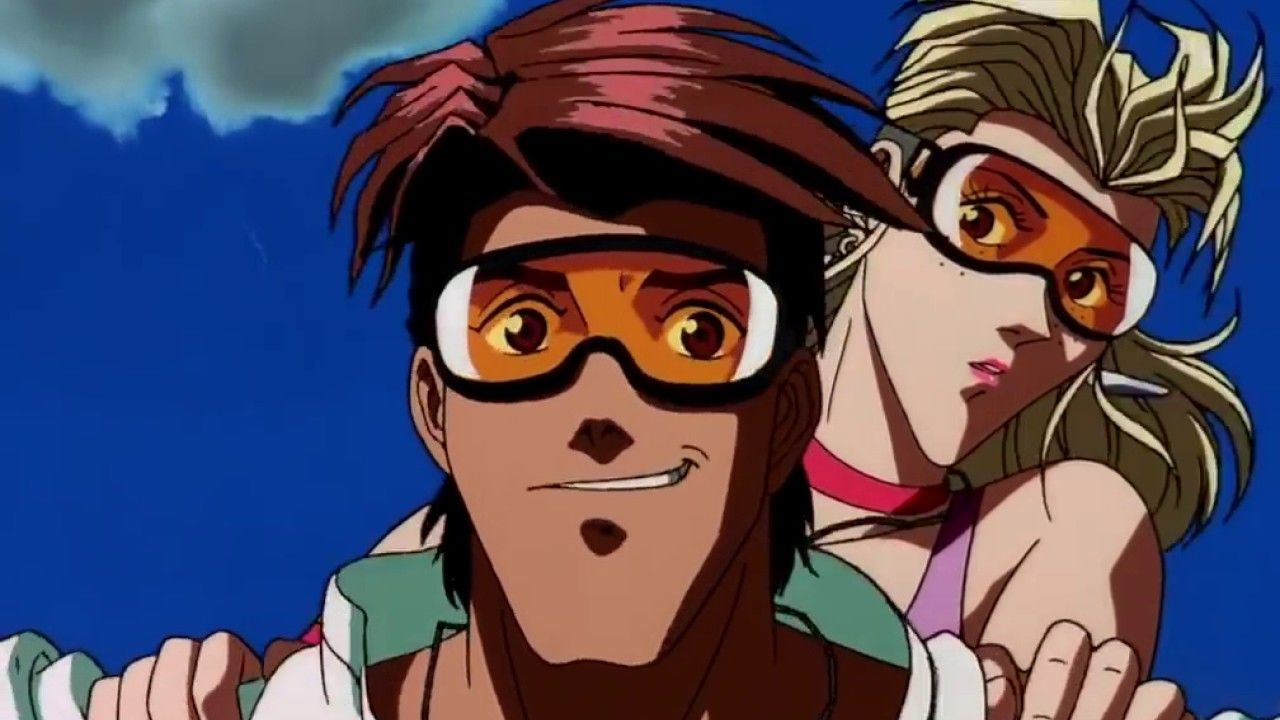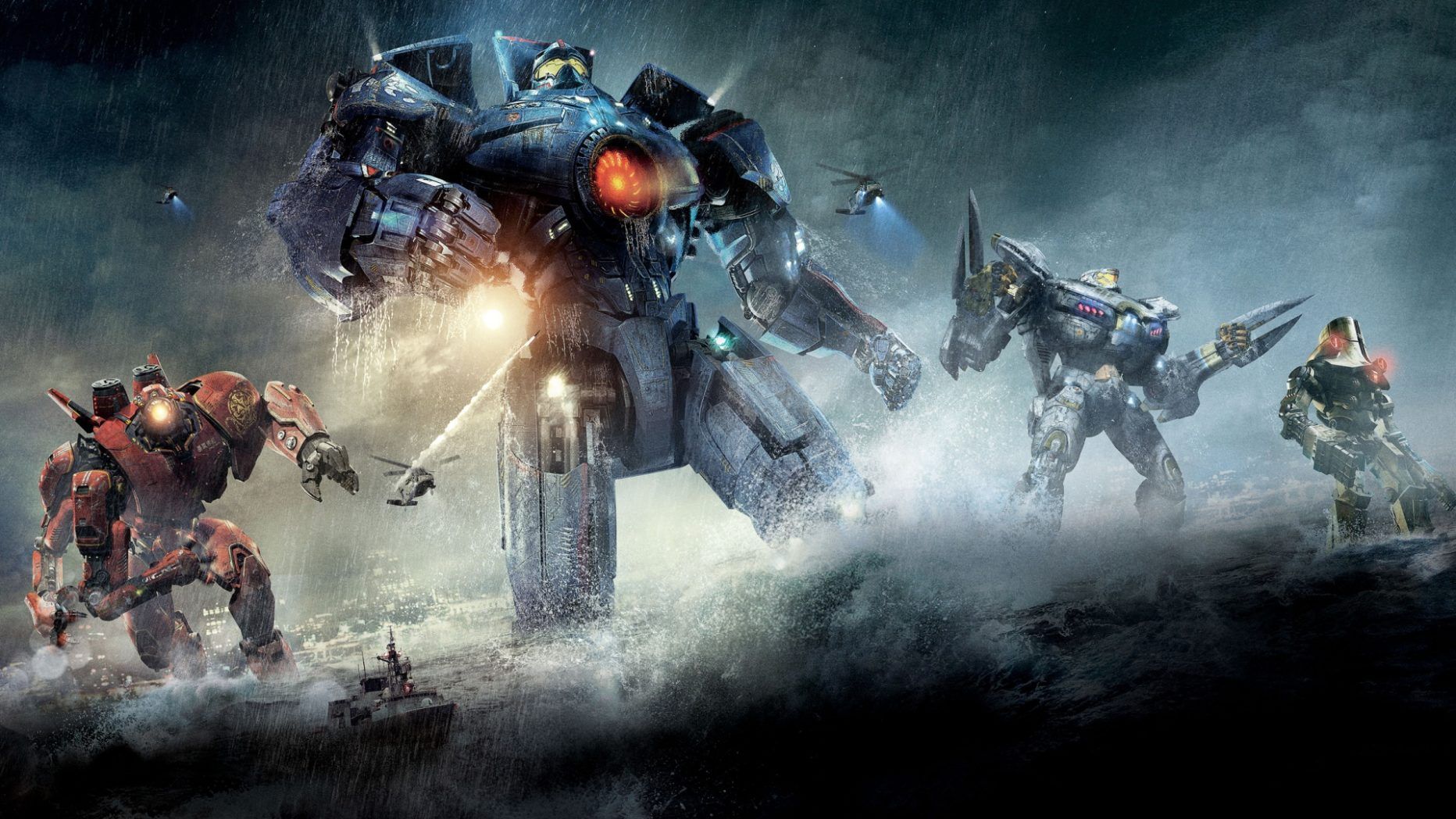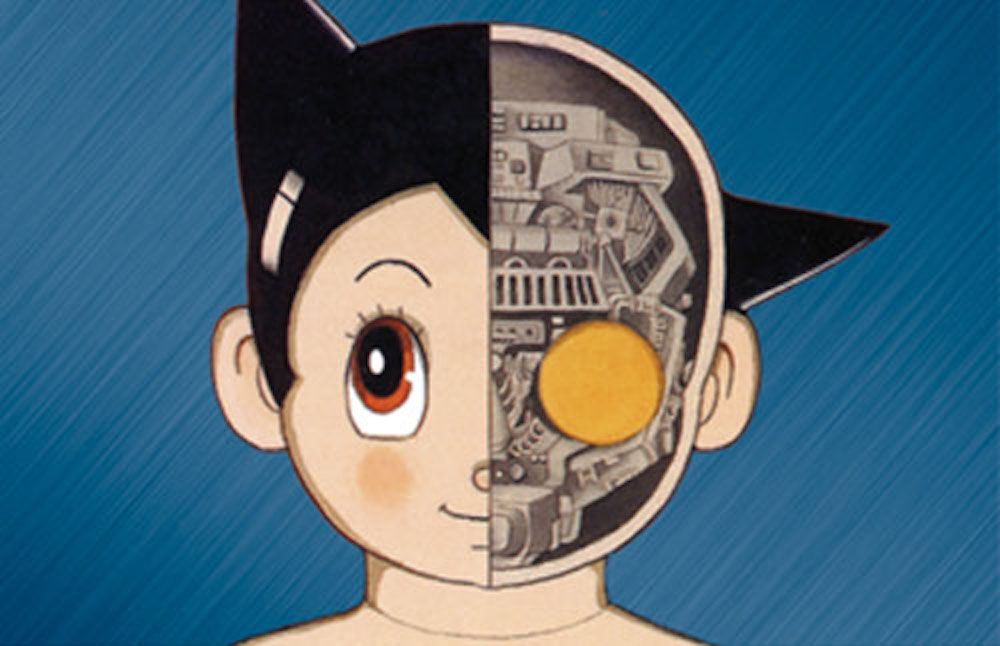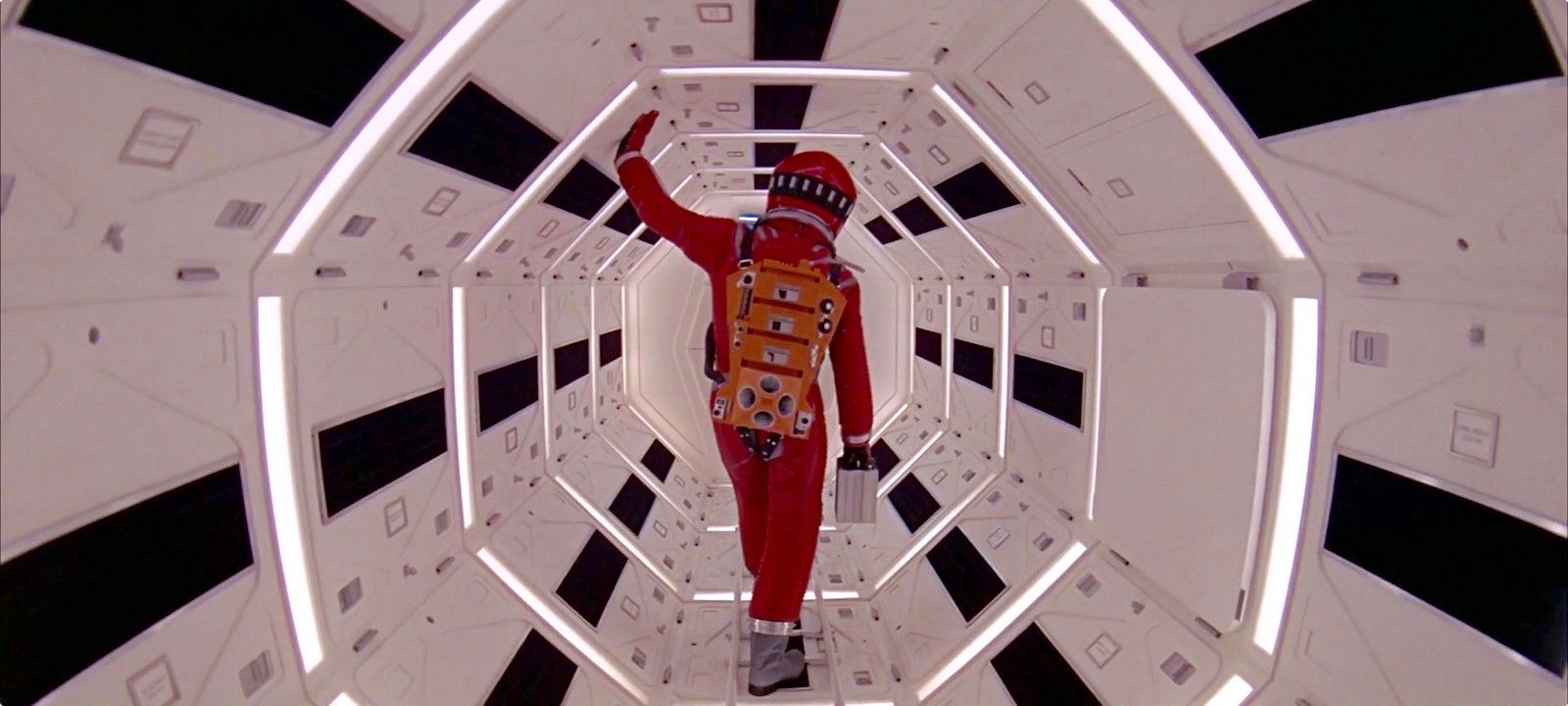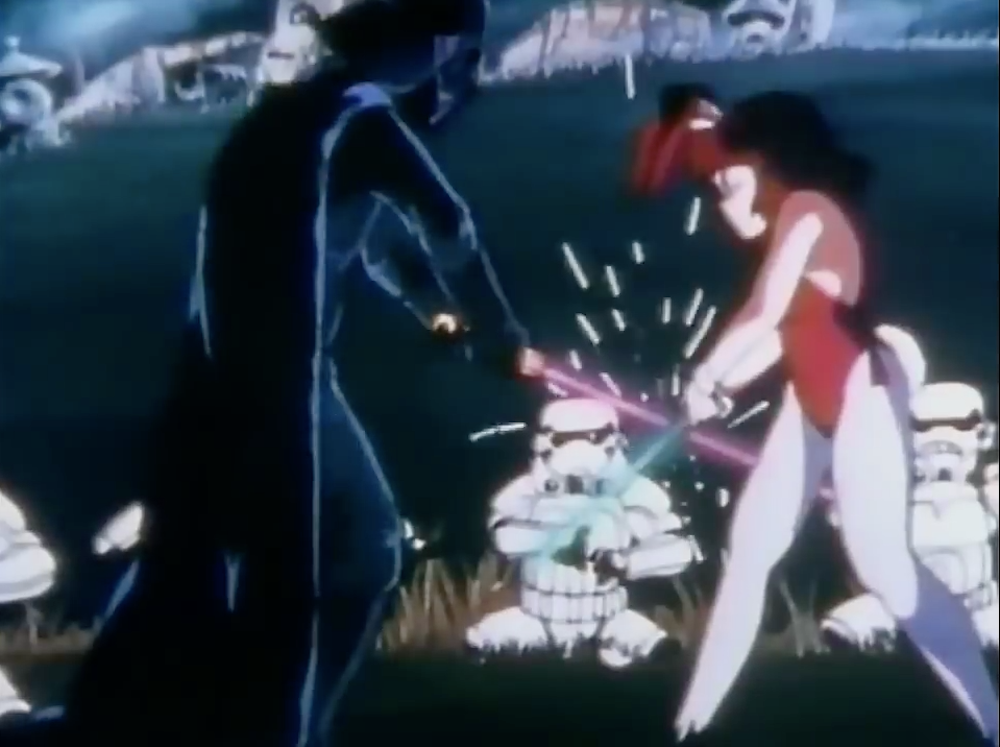There's a famous aphorism, of unknown origin but attributed to a number of famous people ranging from Picasso to Stravinsky to Faulker, that claims "good artists copy; great artists steal." The makers of the movies and anime on this list certainly want to believe that statement's true! Hollywood movies are omnipresent worldwide, so it makes sense a lot of Japanese artists would borrow (sometimes very generously) from American cinema. Of course, the cultural exchange goes in both directions. Anime is growing in popularity in the West and increasingly American filmmakers are taking inspiration in both visuals and story ideas from anime (again, sometimes very generously).
Keep in mind this list is using the phrase "ripped off" in a very broad sense. In this context, it doesn't mean flat-out plagiarism (though a few cases might be a little bit too close for comfort). It just means that some aspect of the movie or anime in question, sometimes a little, sometimes a lot, has an extremely clear similarity to a previous work that goes beyond what could be explained by coincidence. Many of the anime and movies on this list are classics that have gone on to be influential in their own right. As far as Hollywood movies go, these anime "rip-offs" more often than not honestly capture the spirit of their anime inspirations better than most of Hollywood's actual licensed anime adaptations!
20 HOLLYWOOD: LION KING (KIMBA)
If you listen to Disney's lawyers, The Lion King has nothing to do with Kimba, the White Lion and nobody at the studio has even heard of that classic anime. If you listen to the angriest of the community, The Lion King is a blatant case of flat-out plagiarism. The truth, in this case, is somewhere in the middle.
In terms of the story, Lion King and Kimba are decidedly different. Lion King borrows most of its plot from Hamlet, while Kimba focuses more on the relationship with nature and humankind. Looking at two cartoons' visuals, however, the similarities are unbelievably blatant. Even The Simpsons called attention to how Disney stole the "Mufasa in the clouds" scene from Kimba.
19 ANIME: FIST OF THE NORTH STAR (MAD MAX)
To a new viewer, the Mad Max movie series feels incredibly anime-esque. While director George Miller is an anime fan, and it's possible there was some anime influence in Fury Road, the original Mad Max trilogy only feels so much like anime because so much anime since has ripped off those movies.
The most blatant (and most successful) Mad Max rip-off in Japan is Fist of the North Star. Manga artist Tetsuo Hara was specifically instructed to watch The Road Warrior by his editor. The general vision of the post-apocalyptic world, and even some specific character designs, were taken directly from Mad Max, though FotNS has fewer car chases and a lot more martial arts.
18 HOLLYWOOD: INCEPTION (PAPRIKA)
Unlike with the makers of The Lion King, Christopher Nolan is very direct about the debt he owes to his anime inspiration for Inception. The inspiration in this case is Paprika, Satoshi Kon's 2006 movie adaptation of Yasutaka Tsutsui's 1993 novel. Both Inception and Paprika center around technology that allows the user to see and interact in other people's dreams.
Nolan's cited the character of Paprika as the main inspiration for his character of Ariadne, the dream architect played by Ellen Page. Imagery in scenes like the hallway fight also borrows from similar scenes in Paprika. The two movies use similar concepts, however, for different means: Kon's anime delves deeper into surrealism, while Nolan presents the dream world in a more logical manner.
17 ANIME: BUBBLEGUM CRISIS/AD POLICE FILES (BLADE RUNNER)
Considering Blade Runner influenced the aesthetic of the whole cyberpunk genre, it's no surprise that you'd see its echoes in a lot of anime. With the Bubblegum Crisis franchise, you get a lot more than just "echoes." A corporation operating out of a giant pyramid developing synthetic humans? As if the reference couldn't get more direct, the first episode opens with a performance by a band called "Priss and the Replicants."
Bubblegum Crisis mixes in influence from a lot of other American films as well, notably Streets of Fire and The Terminator. The prequel series, AD Police Files, is even more Blade Runner-esque than the original, focusing on a cop taking out artificial humanoids gone rogue.
16 HOLLYWOOD: BLACK SWAN (PERFECT BLUE)
Darren Aronofsky actually owns the rights to remake Perfect Blue. He bought them specifically so he could rip-off one shot from the Satoshi Kon anime for Requiem for a Dream. Officially, he hasn't gone on to do a full remake of Kon's debut feature. Unofficially, you could consider Black Swan to be Aronofsky's Perfect Blue remake.
This may not have been intentional. Aronofsky claims the influence of Perfect Blue on Black Swan was more subconscious than anything, while he was more consciously focused on the early Polanski thrillers which influenced both films. Still, whatever the root of the similarities between these two tales of artists losing grip on reality, those similarities are still pretty blatant.
15 ANIME: THE DISAPPEARANCE OF HARUHI SUZUMIYA (IT'S A WONDERFUL LIFE)
Ripping off the plot of It's a Wonderful Life, showing how dramatically the world would change if a single person hadn't been born, is so common it's a cliche. One of the better variations on this Frank Capra classic in the anime world is The Disappearance of Haruhi Suzumiya, a feature film spin-off of The Melancholy of Haruhi Suzumiya.
This movie changes the typical formula enough to stay distinctive: protagonist Kyon experiences a vision of another person's absence rather than of his own, and said absence isn't exactly what it seems. Still, with the film's Christmas setting, it's clear what archetype this story is building off from. Enough fans liked this alternate universe that a new TV series, The Disappearance of Nagato Yuki-Chan, was also produced.
14 HOLLYWOOD: CHRONICLE (AKIRA)
Hollywood studios have been circling a live-action Akira remake for a while. These adaptation attempts always end up in Development Hell, and it makes sense why. The combination of being extremely rooted in Japanese cultural experience, visuals impossible to pull off in live-action without a huge budget and the unlikelihood of hard-R film receiving said budget make an American Akira seem like a bad idea.
A better idea many filmmakers have seized on: stealing elements of Akira in the context of an original film. Chronicle is the most direct example. While the found-footage film doesn't try to match Akira's scope, anti-hero Andrew is essentially an American Tetsuo, his climactic hospital escape and loss of control over his powers, a direct homage.
13 ANIME: THE BIG O (BATMAN)
The easiest logline for The Big O is "Batman but with giant robots." Well, the first season anyway; the second season gets weird. Still, even just one look at a screenshot and you can tell somebody in charge was a fan of Batman: The Animated Series (the animation studio, Sunrise, actually worked on several B:TAS episodes).
Roger Smith is your Bruce Wayne figure, a dashing billionaire playboy who fights crime, hates guns and always wears black. Norman Burg's his butler and mechanic, essentially his "Alfred," and good cop Dan Dastun fills the "Jim Gordon" role. Roger's sidekick R. Dorothy Wayneright differs from Robin or Batgirl in as much as she's also a robot.
12 HOLLYWOOD: LOOPER (AKIRA, AGAIN)
Given Akira was the first adult-oriented anime to really become famous in the US, it makes sense it's one of the most frequent sources of inspiration for American filmmakers. Looper isn't a spiritual remake of Akira the same way Chronicle is, but its antagonist Cid, a child whose psychic powers are turning him monstrous, is another example of Akira's influence.
Rian Johnson cites not only Akira as a reference for how to portray such powers, but digs even deeper into more obscure Katsuhiro Otomo works. He also references Domu: A Child's Dream, an earlier manga from the Akira author also dealing with psychic powers.
11 ANIME: DRAGON BALL Z (SUPERMAN)
Akira Toriyama, the famed creator of the Dragon Ball franchise, is a big fan of American superhero comics. Naturally it becomes pretty easy to see the influence of the biggest American superhero of them all. While Dragon Ball started off as an adaptation of the Chinese epic Journey to the West, more and more seemingly intentional parallels to Superman became obvious in Dragon Ball Z.
CBR has gone in detail with the similarities before. Changing Goku from "the Monkey King" born on Earth in the original Dragon Ball to an alien sent here as a baby in Z makes him more Superman-esque. You can find a lot of parallels in both the supporting cast and the powers on display, too.
10 HOLLYWOOD: THE MATRIX (GHOST IN THE SHELL)
Ghost in the Shell isn't the only pre-existing piece of pop culture The Matrix borrowed from. It's not even the most gratuitous influence; that would be Grant Morrison's The Invisibles. It is, however, the influence the Wachowskis most openly and publicly acknowledge their heavy debt to.
Supposedly the Wachowskis actually showed producer Joel Silver Ghost in the Shell and told him they wanted to recreate it in live-action. While the stories are different, The Matrix and Ghost in the Shell share similar cyberpunk themes and major visual parallels. Sure enough, the influence worked its way back around to Japan, with several top anime directors making The Animatrix collection of shorts.
9 ANIME: LITTLE WITCH ACADEMIA (HARRY POTTER)
Harry Potter didn't invent the school of magic story, but it's certainly the most prominent reference point for that type of story. Little Witch Academia certainly leans into it, too. The series' elevator pitch is basically "all-girl Harry Potter." While it distinguishes itself from J.K. Rowling's work, it doesn't exactly avoid parallels either.
You have an outsider "chosen one" with a redhead best friend, a snobby blonde rival with two sycophantic followers, an energetic black broom sports commentator, a forbidden forest surrounding the school, "pureblood" vs. "muggle born" conflicts, a Sorcerer's Stone, just tons and tons of Potter callbacks. Potter isn't the only Western source of references either; they literally include Chumlee from Pawn Stars as a character.
8 HOLLYWOOD: ATLANTIS: THE LOST EMPIRE (NADIA/CASTLE IN THE SKY)
So, this is complicated. Disney's Atlantis: The Lost Empire is frequently accused of ripping off the anime series Nadia: The Secret of Blue Water, which itself was accused of ripping of the anime movie Laputa: Castle in the Sky, and all three claim inspiration from Jules Verne. The Nadia/Laputa similarities actually have an easy explanation: the directors of both collaborated on a project that fell apart and both took ideas from that project into their own work.
As for Atlantis, claiming it's all Jules Verne doesn't fully explain the anime similarities. Verne didn't specifically imagine magic crystal-based technology, something featured in both the Disney movie and the two similar anime. The Verne inspiration also doesn't explain the designs being suspiciously similar to Nadia's.
7 ANIME: LUPIN THE THIRD (ARSENE LUPIN)
So most of the entries on this list are distant enough from their inspirations that they're clearly "fair use." But what about a series that was so obvious in its connection to a preexisting copyrighted work that it was actually subject to legal challenges? Such is the case with the Lupin the Third franchise.
The title character of the series is supposed to be the grandson of Arsène Lupin, the gentleman thief character from Maurice Leblanc's novels and numerous movies. By the time the Leblanc estate learned of Lupin the Third and sued, the name had already fallen into public domain in Japan but not in the US or Europe. As such, Lupin's name was changed in many early international dubs.
6 HOLLYWOOD: FIREFLY/SERENITY (OUTLAW STAR)
There was a minor space Western boom in the anime industry in the late '90s. Pretty much all the major anime space Westerns from this time have been compared to the 2002 cult series Firefly and its movie sequel Serenity. The connections between Firefly and, say, Trigun or Cowboy Bebop are mostly just genre and not much else. With Outlaw Star, however, the comparisons have more meat.
The biggest connections between Firefly and Outlaw Star are between the characters of River and Melfina. Both share similar abilities and backstories, and their introductory scenes awakening from cryostasis are almost shot-for-shot identical. Other characters have less direct similarities, and you can find parallels in both series' world-building.
5 ANIME: MACROSS PLUS (TOP GUN)
Most American '80s kids know of Macross primarily through the original series being adapted into the first part of Robotech. Unfortunately, licensing complications related to Robotech have limited the releases of later Macross series. One of the only Macross anime to get released in the US, Macross Plus turns the mecha space opera into essentially Top Gun.
There are some very anime-style differences, of course. It's in the future, the planes can transform into robots and an evil hologram pop idol as an antagonist shifts up the story towards the end. Other than those differences, though, you could easily consider this story of rival rule-breaking military fighter pilots to be an unofficial Top Gun remake.
4 HOLLYWOOD: PACIFIC RIM (EVERY MECHA ANIME EVER)
Many pop culture commentators have assumed, unfairly, that Pacific Rim is specifically a rip-off of Neon Genesis Evangelion. The mechanics of The Drift have some similarities with EVA piloting, but Pacific Rim really doesn't have that much in common with the darker and drearier Evangelion (which Guillermo Del Toro claims to have never seen).
What Evangelion and Pacific Rim do have in common, however, is that they both gleefully steal from a wealth of older mecha anime. Del Toro might not know Evangelion, but he absolutely knows Gigantor, Giant Robo, Mazinger Z, Gundam, Patlabor and who knows how many more mecha anime. Pacific Rim is essentially a mecha anime brought to life in live action.
3 ANIME: ASTRO BOY (PINOCCHIO)
Anime as we know it today couldn't exist without the influence of Walt Disney. Osamu Tezuka, known as the "god of manga and anime," was obsessed with Disney's movies. Supposedly he saw Bambi 100 times in the theater! His art style, especially those huge eyes now so iconically associated with anime, borrowed intensely from Disney and other American animators.
With Astro Boy, his most famous creation and the first major anime TV series, Pinocchio is the clearest inspiration. A story of a robot who wants to be a "real boy"? Combine that with a Disney-esque art style and the inspiration is unmistakable. Tezuka was so into this story, he did his own direct manga adaptation of the original Pinocchio novel in 1952.
2 HOLLYWOOD: 2001: A SPACE ODYSSEY (ASTRO BOY)
OK, this one doesn't really count as a "rip-off," but it's still an unexpected connection between a cinema classic and an anime. If Stanley Kubrick had his way, this connection would have been a lot more direct: he wanted Osamu Tezuka to be the art director on 2001: A Space Odyssey.
It seems Kubrick was a fan of Astro Boy. He felt the anime's general look and vision of the future was the exact sort of style he was envisioning for 2001. Tezuka couldn't afford to leave his studio and move to London for a year so he turned down the offer. Still, it's neat to think that this all-time masterpiece owes something to anime.
1 ANIME: DAICON III AND IV (LOADS OF COPYRIGHT INFRINGEMENT)
GAINAX, the animation studio famous for the original Evangelion and FLCL series, among others, got its start as a group of fans making extremely impressive amateur shorts for the Daicon III and IV sci-fi conventions. You can watch the shorts here; the Daicon IV short in particular is one of the coolest things you'll ever see.
The shorts are packed with cameos including Darth Vader, a Xenomorph and a host of DC and Marvel heroes (as well as tons of Japanese anime and tokusatsu characters). None of these cameos, nor the use of the song "Twilight" by ELO, were officially approved. Despite their questionable copyright status, the Daicon shorts have gone down as classic pieces of anime history.

